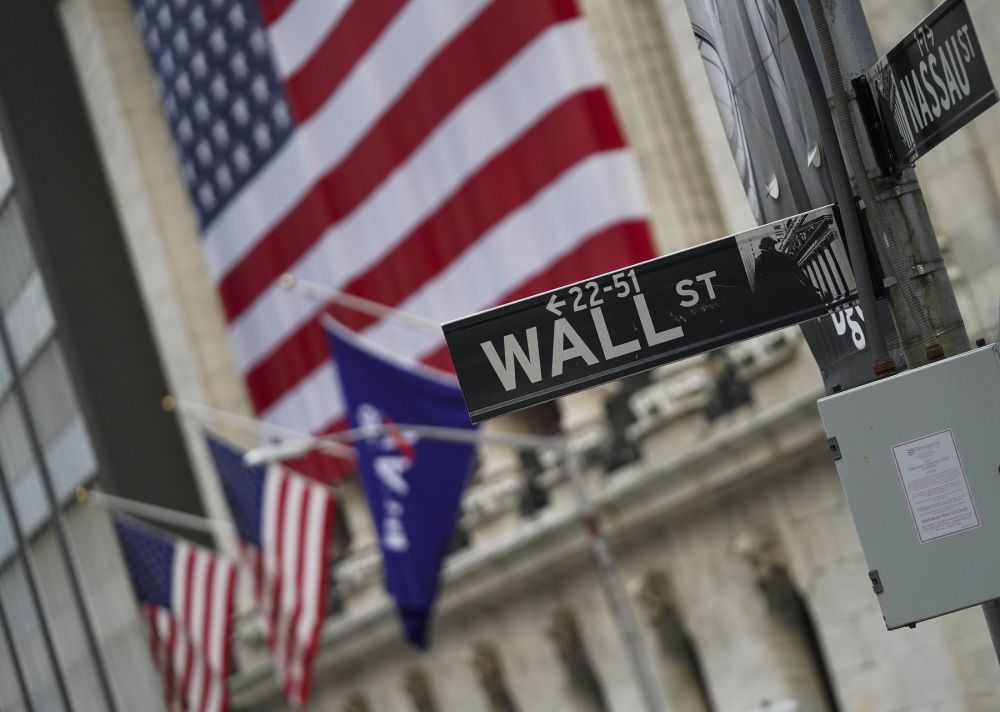Large-scale technology stocks generally rose, and the main stock indexes of U.S. stocks hit a new high.
On Thursday, U.S. time, all three major U.S. stock indexes closed higher, with the Dow closing slightly up 0.17%. Technology stocks led the U.S. stock market on Thursday, pushing the S&P 500 Index and the NAX index to close up 0.42% and 1.03% respectively, both of which hit new intraday and closing highs, among which the S&P 500 Index has been the fifth consecutive.
The trading day hit a record high. Large blue-chip technology stocks generally rose, with Apple, Microsoft and Tesla’s shares rising 1.3% to 2%.
The employment data in the United States is weak. The Dow Jones Industrial Average dived briefly before the market.
Data released before the U.S. stock market showed that the number of first-time jobless claims in the United States was 744,000 last week.
This figure briefly fell below 700,000 two weeks ago, and then rose for two consecutive weeks. Following the news, the Dow Jones Industrial Average dived in the short term after the opening, and then rose back.
The Federal Reserve reiterated its easing position to push U.S. stocks higher.
At noon, Federal Reserve Chairman Powell pointed out at an online seminar that the rise in inflation would be temporary, and the Federal Reserve would adjust its easing policy until it made substantial progress on employment and inflation targets.
Meanwhile, the yield of 10-year U.S. bonds fell by more than five basis points at noon, approaching a two-week low of nearly 1.62%. Powell’s doveish statement and the decline in U.S. bond yields pushed the three major U.S. stock indexes to expand their gains.
Major European stock indexes closed higher across the board.
All three major European stock markets closed higher on Thursday, with London and Paris closing up 0.83% and 0.57% respectively, and Frankfurt closing slightly higher by 0.17%. The Pan-European Stock 600 index rose 0.6% to a record high.
According to the minutes of the March meeting of the European Central Bank, officials agreed to increase debt purchases earlier this quarter at the last meeting.
On the data side, Germany’s factory orders increased by 1.2% month-on-month in February, recording a second consecutive month of growth. The analysis believes that Germany’s domestic demand is strong, and manufacturing output is expected to improve.
International oil prices fluctuated slightly, and gold prices rose.
Crude oil prices fluctuated slightly on Thursday, with two major crude oil futures rising and falling, with U.S. WTI light crude oil futures for May delivery closing at $59.6 a barrel, and Brent crude oil futures for June delivery closing slightly higher than $63.2 a barrel.
Industry insiders believe that the benefits brought about by the sharp weakening of the dollar index and the short-term pressure caused by the epidemic are mutually repressive, and the trend of oil prices is not clear enough.
Gold prices rose on Thursday, with gold futures for June delivery closing at $1758.2 per ounce. Analysis believes that the weakening of the dollar index, the decline in U.S. bond yields and the doveish stance of the Federal Reserve have boosted gold prices.



